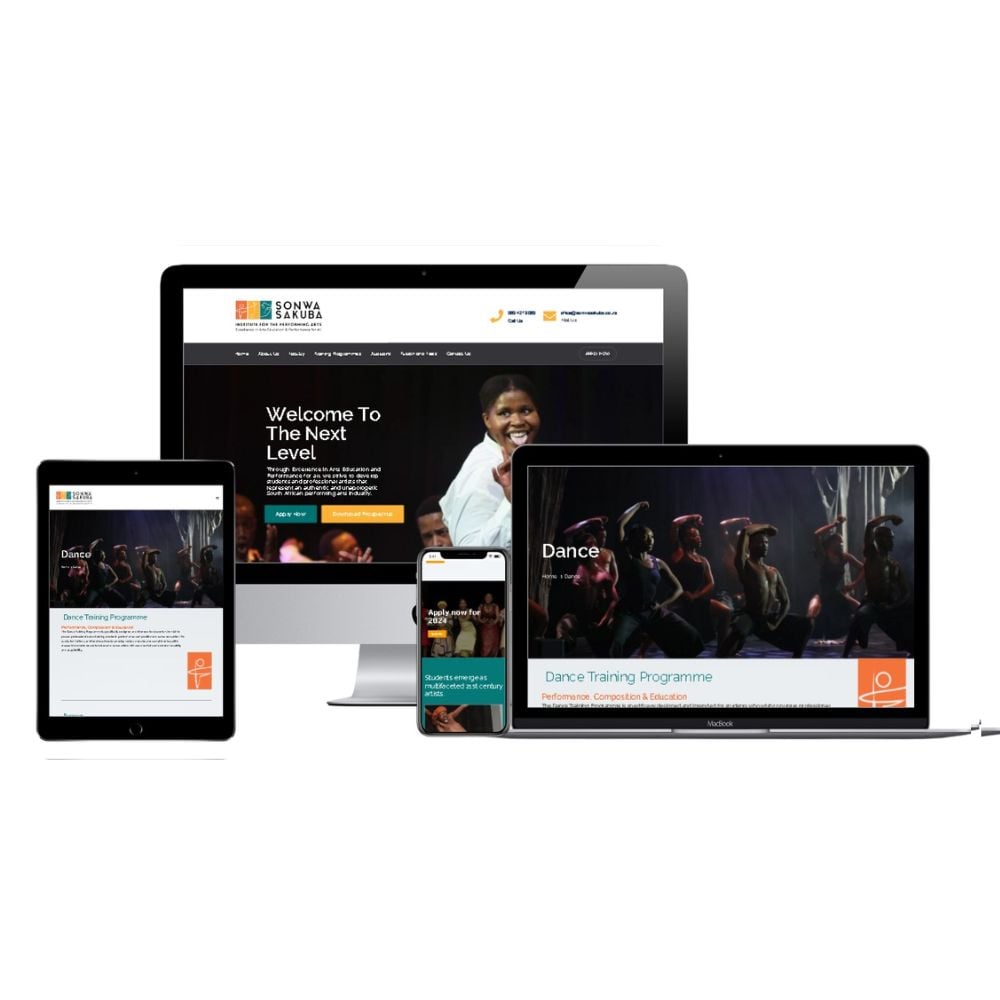Low-Cost and Skilled Website Design for Small Business Owners
Leading Tips for Creating an Impactful Website Layout That Transforms
To accomplish this, one must think about a selection of variables, including comprehending the target audience, prioritizing individual experience, and maximizing for mobile platforms. The calculated usage of engaging call-to-actions and a well-defined visual power structure plays a critical role in assisting individuals with their journey.

Understand Your Target Market
Recognizing your target market is fundamental to reliable website design, as it lays the groundwork for creating an appealing individual experience. Determining that your individuals are, including their demographics, choices, and actions, makes it possible for developers to customize the site's web content, layout, and functionality to fulfill particular demands.
Conducting comprehensive marketing research is crucial in this process. Studies, interviews, and analytics can give valuable insights into customer assumptions and pain factors. By assembling this data, designers can develop individual characters that represent different sectors of the target market, making sure that design decisions are informed and appropriate.
Moreover, comprehending the target market helps in selecting appropriate layout components such as color pattern, typography, and images that resonate with customers. A site that speaks directly to its target market cultivates a feeling of connection and trust, motivating longer visits and greater conversion rates.
Eventually, a user-centered approach to website style not only boosts customer contentment yet also supports business purposes by driving involvement and loyalty. By prioritizing the demands and preferences of the target market, a site can successfully serve its objective and accomplish desired results.
Prioritize Individual Experience
To boost the overall effectiveness of an internet site, prioritizing customer experience (UX) is important (Website Design). A properly designed UX makes certain that site visitors can navigate the site easily, locate info promptly, and involve with content meaningfully. This results in raised individual complete satisfaction and greater conversion prices
Begin by implementing user-friendly navigating. Menus should be logically structured, enabling users to find vital areas of the site with marginal effort. Uniformity in layout components, such as color design and typefaces, fosters familiarity, which is critical for keeping user interaction.
Additionally, consider the packing rate of your internet site. A delay of just a few secs can cause substantial drop-offs, as individuals are less most likely to wait for a slow-loading web page. Streamlining pictures and optimizing code can improve performance and preserve site visitors.
Furthermore, clarity in content presentation is vital. Usage succinct, engaging language and separate text with visuals to enhance readability. By prioritizing individual experience, you not only produce an extra delightful setting for visitors but likewise enhance your brand name's reliability. Eventually, a concentrate on UX is a financial investment in the long-lasting success of your web site.
Maximize for Mobile Gadgets
Enhancing for mobile phones is critical in today's digital landscape, where an increasing number of users access sites with mobile phones and tablet computers. A mobile-friendly layout not just enhances individual experience however additionally plays a considerable function in enhancing search engine rankings. To accomplish this, it is necessary to take on a responsive design that immediately gets used to different display sizes and positionings.

Filling rate is an additional vital variable; mobile individuals are normally less patient and expect rapid accessibility to information. By prioritizing mobile optimization, you guarantee that your site stays competitive and efficiently engages a broader target market.
Use Engaging Call-to-Actions
A web site's efficiency frequently redirected here depends upon its capacity to lead site visitors towards wanted activities, making engaging call-to-actions (CTAs) necessary components of style. CTAs act as the pivotal factors that direct users to involve with the website, whether that suggests buying, authorizing up for a newsletter, or downloading a resource.
To create efficient CTAs, clarity is paramount. Usage concise language that clearly connects the activity you want the customer to take. Expressions such as "Get going," "Sign Up Free," or "Store Now" not only share urgency however also eliminate uncertainty. The placement of CTAs is similarly important; they ought to be purposefully positioned throughout the webpage to ensure they are quickly noticeable, particularly in high-traffic areas.
Furthermore, the layout of CTAs ought to attract attention without being meddlesome. Utilize contrasting colors and clear typefaces to ensure they capture interest. Furthermore, consider making use of directional cues, such as arrowheads or pictures, to assist individuals towards these switches. By concentrating on these components, services can substantially enhance user interaction, driving click for more info conversions and eventually accomplishing their internet site's objectives.
Concentrate On Visual Hierarchy
Effective website style depends greatly on a well-structured visual hierarchy that guides individuals through content seamlessly. By organizing aspects in a manner that focuses on information, developers can improve individual experience and assist in decision-making. you could try here This entails using dimension, color, comparison, and spacing strategically to attract attention to the most critical components of a page.
The use of bigger typefaces for headings and subheadings establishes a clear distinction in between various sections, allowing individuals to check content easily. Additionally, utilizing contrasting colors for buttons and calls-to-action can record individual attention and urge communication. Whitespace is an additional essential component; it prevents mess and allows individuals to focus on crucial messages without interruptions.
Pictures and graphics should complement the message while likewise sticking to the well established pecking order, strengthening the general message (Website Design). Consistency in style components, such as color pattern and typography, further strengthens the aesthetic hierarchy, making navigating intuitive

Final Thought
In final thought, effective website design demands a thorough understanding of the target audience, prioritization of user experience, and mobile optimization. Eventually, a well-executed website design serves as an important element in driving customer actions and attaining organization objectives.